The hunt for one of history’s worst killers: Osama bin Laden
The Osama bin Laden story is certainly a perplexing one, a dense narrative that seized us by the way he confounded his hunters so skilfully – he was never there when it was certain he would be – even as he was so doggedly pursued by multiple agencies working together across all types of terrain.
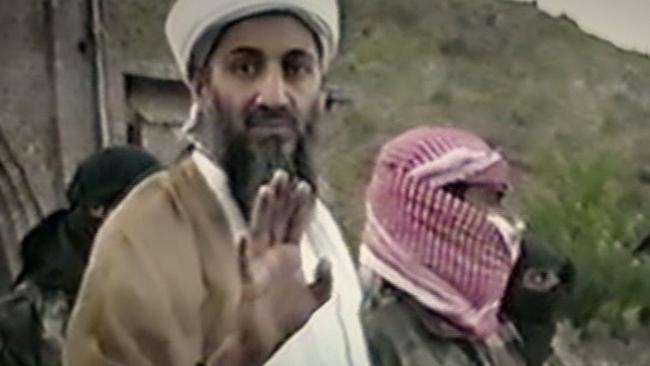
Manhunts continue to fascinate us, as the latest hit for Netflix, American Manhunt: Osama bin Laden so dramatically illustrates. It’s already a huge success. The three-part series was the most-watched show on the streamer when it appeared, hitting 12.6 million views in the five days after its premiere.
In outline, it’s not an unfamiliar story, though it tends to be told with mythical and jingoistic overtones, but this immersive investigation is brutal in its interrogation of the moral ambiguity that surrounded the pursuit of the man who orchestrated the deadliest terrorist attack in modern history.
Told by those who were involved in the hunt – operatives, FBI and Defence Department officials, and counterterrorism experts – it exposes the bureaucratic infighting, and the tension between agencies. Along with the sometimes spiteful internal divisions, the tactical blunders, and this bin Laden narrative, told with such vigour and honesty, dramatises how success eventually came from the exploitation of many small breakthroughs in intelligence work.
It’s a privileged look into a clandestine world to which we are seldom privy.
It impressively reveals the way intelligence gathering and scrutiny evolved across the years to combat the changing landscape of terrorism, beginning with the efforts before 2001 to monitor bin Laden’s whereabouts and to determine his plans. And it culminates in the US Navy SEAL raid on his hideout in Abbottabad, Pakistan.
There’s a kind of vicarious thrill in being taken out of our day to day lives, intrigued by the aberrant events so far removed from our realm of normality.
Behind the fascination is the immediacy and the appeal of the unfinished story, which was the case with bin Laden, a manhunt that lasted nearly 10 years after the events of the September 11 attacks he initiated.
And the bin Laden story is certainly a perplexing one, a dense narrative that seized us by the way he confounded his hunters so skilfully – he was never there when it was certain he would be – even as he was so doggedly pursued by multiple agencies working together across all types of terrain.
But as the series documents, this manhunt is not simply about the pursuit of a terrorist but the price of vengeance, and the way it carries a bitter cost of time, emotional and physical energy, and even lives. And many were lost in this manhunt.
Instead of delivering justice, revenge often creates only a cycle of retaliation, in part because one person’s moral equilibrium rarely aligns with another’s. What in the end did this manhunt actually cost? Was it just another brutal phase in a story without resolution?
As former CIA analyst Cindy Storer, a central figure in the series, an honest and forthright interview subject, who had been tracking bin Laden since the mid-1990s, says: “The fundamental question is, can you kill your way out of this? People ask this question all the time: can you kill your way out of this? And the answer is no. Because some other people in some other country are going to go, ‘Did you just see what they did? And you’re going to have more terrorism. Bombing more people isn’t going to stop that.”
The series is the third in the Netflix Manhunt series following seasons investigating the Boston Marathon bombers and the O.J. Simpson case. It’s directed by Mor Loushy and Daniel Sivan, who were responsible for Censored Voices, and The Oslo Diaries, which also shed new light on historical events like Israel’s Six Day War and the Middle East Peace talks of the 1990s.
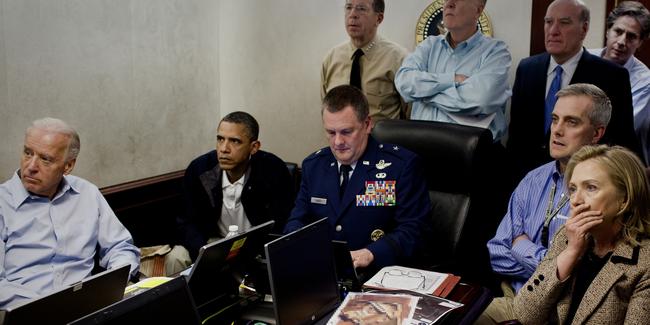
They also created the short Netflix animated documentary Camp Confidential: America’s Secret Nazis, the story of a secret US facility for Nazi prisoners during World War II.
Among the producers is the redoubtable Tiller Russell, a master in the emerging Netflix genre of large-scale true crime productions, who gave us Waco: American Apocalypse, Night Stalker: The Hunt for a Serial Killer and American Manhunt: The Boston Marathon Bombings.
The series, while it covers a great deal of geographical territory, really focuses on the experiences of the individuals who had to find answers and identify geopolitical threats, sound alarms, and then make tough decisions in secure rooms all around the world.
There was no time after the 9/11 attack to grieve or reflect on its significance – their mission was simply to figure out who the attackers were as quickly as possible and how to stop them. They were not always popular with the officials above them who wanted instant results.
“When you’re the first one off the block, by definition you’re going to be in the minority; that’s what we were,” Storer says.
“Our goal,” according to the directors, “was to transport the viewers into these places, in real time, and ask them: ‘What would you do?’ For us, the best way to understand history is to truly experience it.” And like the analysts, we too are thrown into the driver’s seat while their narrative propulsively hurtles to its conclusion while retaining the authority of thorough research.
It’s a true crime story that operates in a macrocosm of political ideologies and national allegiances, where there are few truths, and criminal activity – and the use of violence – are routinely sanctioned.
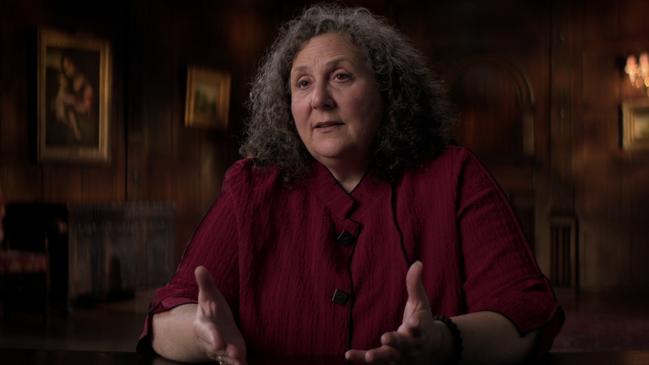
It features hard men in a quest for retribution, along with a bunch of dedicated women determined to find the truth, and the series keeps this vengeance story rocketing along at a blistering pace. The sense of acceleration never fades, and a large yellow time graphic, such a recurring image in this kind of series, never stops ticking over.
There’s a disturbing puzzle to be solved by the US intelligence agencies and their often-sceptical analysts, its solution leading to the end of an extraordinary manhunt that on May 2, 2011 when, as part of Operation Neptune Spear, SEAL Team Six shot and killed bin Laden at his “Waziristan Haveli” in Abbottabad in Pakistan.
The first episode, A New Type of Enemy, begins with that now eerily familiar footage of the first plane slamming into the Twin Towers, an image that encapsulates the moment and the humanity of dying amidst terror. Then we are introduced to Michael Morell, the president’s daily briefer, who acts as a kind of narrator and who has the unenviable task of telling then president George W Bush about the attacks as he sits with a group of schoolchildren. “I’m starting to wonder if somebody is going to fly an aircraft into this school” he says.
The intelligence community goes to work, an insight into how intelligence gathering works, women at the centre of the investigation, their focus relentless, taking us back to what was known of bin Laden in history.
This activity is intercut with their developing sense of responsibility felt after the attacks on the Twin Towers. The interviews are incisive, voices are real, the sense of actuality palpable, the tension building.
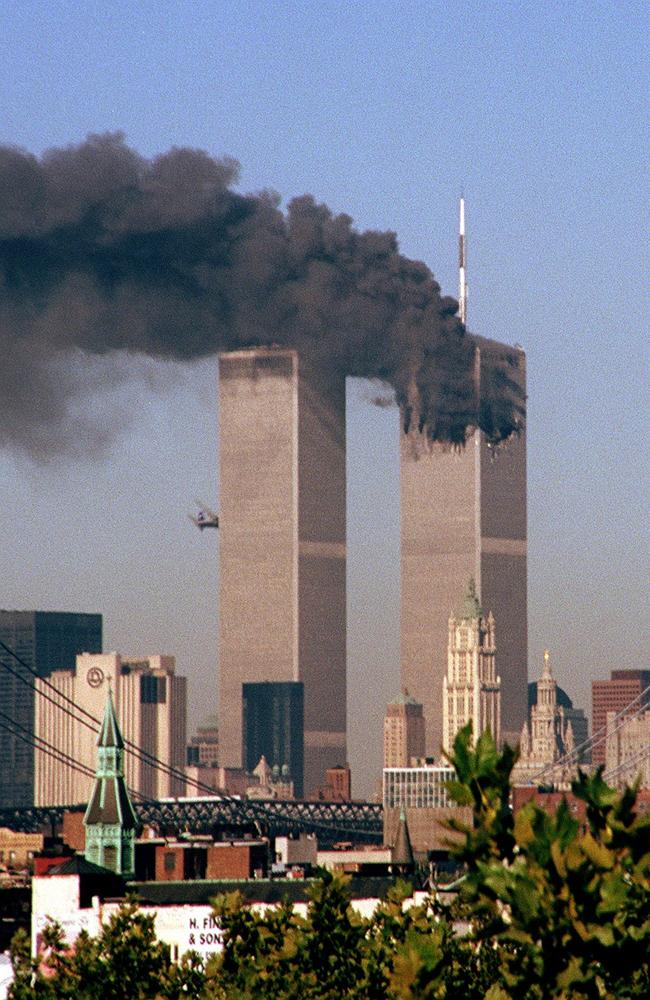
They quickly determine that it’s an al-Qa’ida operation, led by bin Laden, who has been on intelligence detectors since the Clinton administration, orchestrating attacks on both the USS Cole and US embassies in Kenya and Tanzania. As CIA deputy director John McLaughlin says: “I had the thought that nothing would be the same; and it turns out it wasn’t.”
The word is that Cofer Black, the rambunctious director of the CIA’s Counterterrorism unit, wants bin Laden’s head on a stick, barking out, “This isn’t a Walt Disney movie.” And Bush prepares the nation for war.
Then it’s believed around intelligence circles that bin Laden is thought to be hiding in Tora Bora in Eastern Afghanistan and we become part of Operation Jawbreaker, Cofer demanding the terrorist’s head detached and wrapped in dry ice.
The insertion of a team of CIA operatives and many duffle bags of cash into the so-called “graveyard of empires” leads to the relief of Kabul, though they need a great deal of local help, much of it on horseback. But at the end of it the quarry is still on the run.
The search for the elusive bin Laden is a fascinating, often riveting story with a wonderful cast of characters, told with the propulsion of a military thriller, although at times the operation it documents seems too cack-handed and comical to be true. While there are some rather minor, abstracted re-enactments, the directors rely on the depiction of the real events and the shared witness statements to tell the story.
American Manhunt: Osama bin Laden streaming on Netflix.




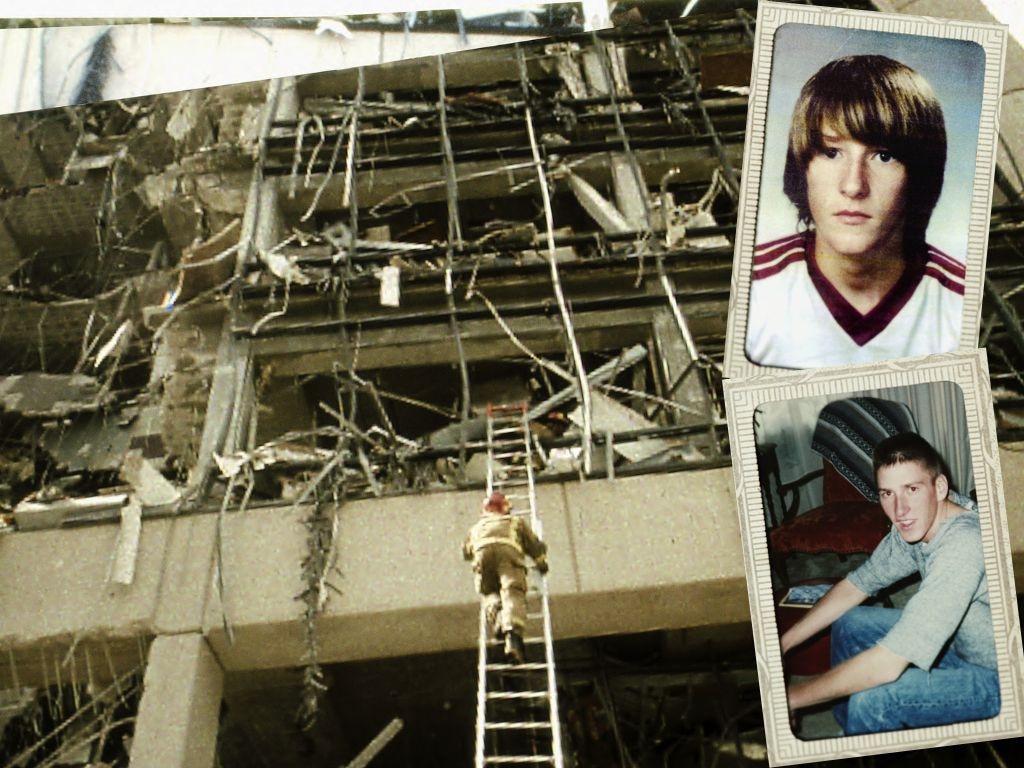
To join the conversation, please log in. Don't have an account? Register
Join the conversation, you are commenting as Logout